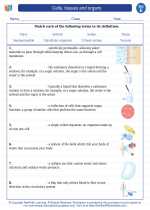Cells, tissues and organs -> flexibility
Flexibility
Flexibility refers to the range of motion of a joint or group of joints. It is an important component of physical fitness and is crucial for maintaining overall health and well-being. Flexibility is often overlooked, but it plays a key role in preventing injuries, improving posture, and enhancing performance in various physical activities.
Factors Affecting Flexibility
Several factors can affect an individual's flexibility:
- Genetics: Some people are naturally more flexible due to their genetic makeup.
- Age: Flexibility tends to decrease as we age, but regular stretching can help maintain and improve it.
- Gender: In general, females tend to be more flexible than males.
- Physical activity: Engaging in regular physical activity, especially activities that involve stretching, can improve flexibility.
- Connective tissue: The elasticity of tendons and ligaments can impact flexibility.
Benefits of Flexibility
Improving flexibility offers numerous benefits, including:
- Reduced risk of injury
- Enhanced posture and alignment
- Improved performance in physical activities
- Relief from muscle tension and soreness
- Enhanced range of motion
Ways to Improve Flexibility
There are various methods to improve flexibility, including:
- Stretching exercises: Regular stretching, including static, dynamic, and proprioceptive neuromuscular facilitation (PNF) stretching, can help improve flexibility.
- Yoga and Pilates: These practices focus on flexibility, strength, and balance through specific movements and poses.
- Foam rolling: Using a foam roller can help release muscle tightness and improve flexibility.
- Regular physical activity: Engaging in activities such as swimming, dancing, or martial arts can contribute to improved flexibility.
Study Guide
To effectively study the topic of flexibility, consider the following key points:
- What is flexibility and why is it important for overall health and well-being?
- What are the factors that can affect an individual's flexibility?
- Discuss the benefits of improving flexibility.
- Explore different methods and exercises to improve flexibility.
- Compare and contrast various stretching techniques and their impact on flexibility.
- Research the role of flexibility in preventing injuries in specific sports or physical activities.
Understanding flexibility and its significance in physical fitness is essential for maintaining a healthy and active lifestyle. By studying the factors affecting flexibility, its benefits, and the methods to improve it, individuals can take proactive steps to enhance their overall flexibility and physical well-being.
[Flexibility] Related Worksheets and Study Guides:
.◂Science Worksheets and Study Guides Fifth Grade. Cells, tissues and organs
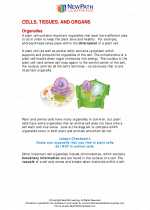
 Worksheet/Answer key
Worksheet/Answer key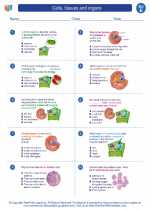
 Worksheet/Answer key
Worksheet/Answer key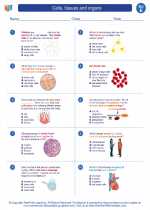
 Worksheet/Answer key
Worksheet/Answer key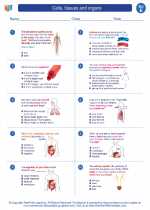
 Vocabulary/Answer key
Vocabulary/Answer key
 Vocabulary/Answer key
Vocabulary/Answer key
 Vocabulary/Answer key
Vocabulary/Answer key
 Vocabulary/Answer key
Vocabulary/Answer key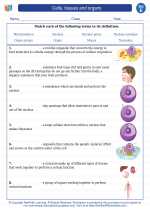
 Vocabulary/Answer key
Vocabulary/Answer key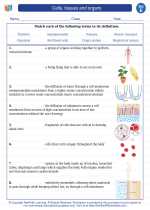
 Vocabulary/Answer key
Vocabulary/Answer key